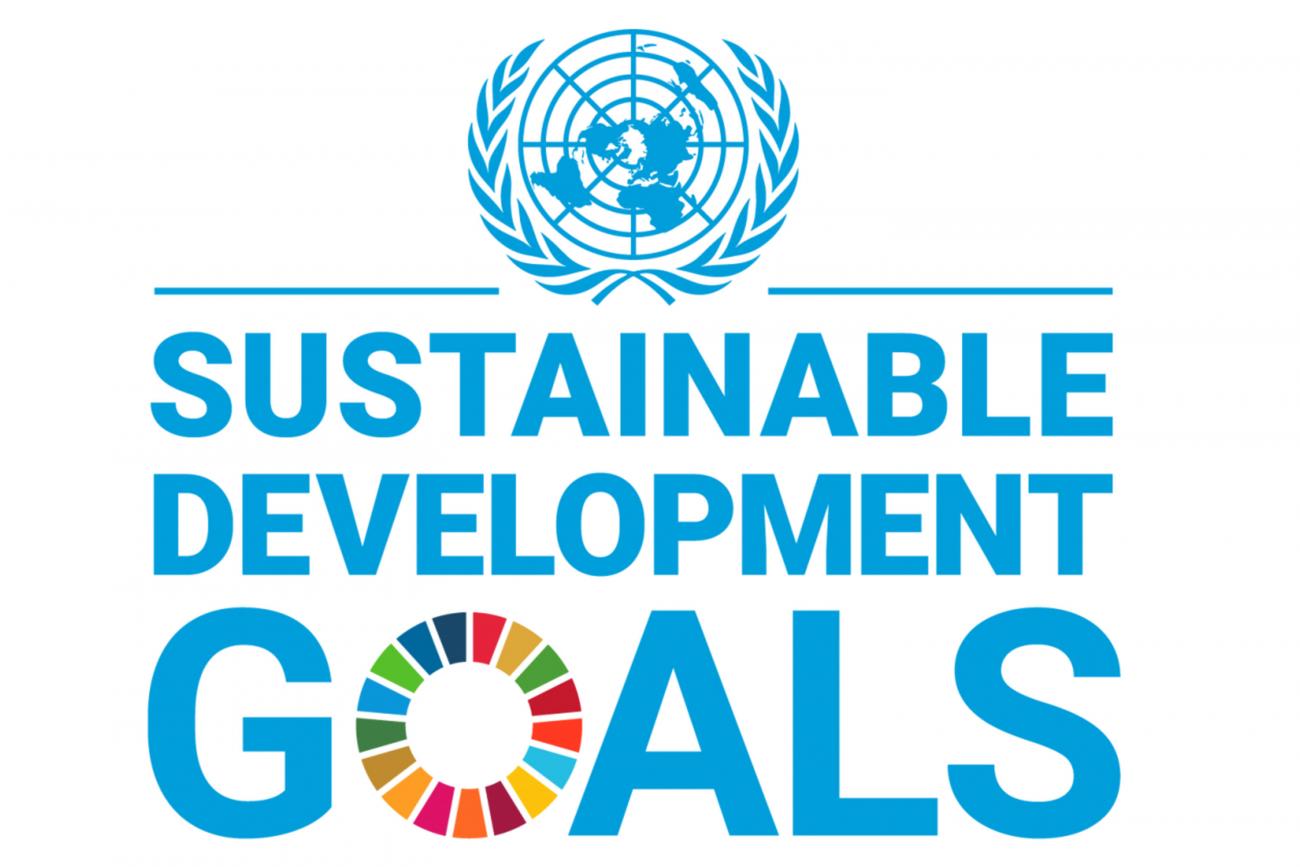Remarks to the UN's Group of Friends of Financial Inclusion

I would like to first thank our host, H.E. Ambassador Djani of Indonesia for inviting us. I would also like to thank his fellow co-chairs: H.E. Ambassador Meza-Cuadra of Peru and Mr. Abdallah Khamis of Tanzania, for their support and leadership of preparing for this informal Group of Friends of Financial Inclusion meeting. And thank you all for joining us today.
I have been advocating for financial inclusion for a long time and I will continue doing so within my renewed mandate. As you will note, I see the work we have started together as extremely relevant for the global financial inclusion agenda.
For the next two years, I have prioritized three issues that I believe require my support to advance inclusive finance for development.
- The first is the need to put the right policies and public goods and regulations in place to advance technology-enabled financial inclusion. What I mean by public goods is a set of policies and infrastructure that go beyond financial inclusion and need to be in place, such as electricity, interoperability, ID systems, mobile and internet connectivity, data privacy, just to name a few. Of course, with the rapid emergence of fintech, it will also be important to leverage its opportunities but also mitigate its risks for the system and its users.
- The second priority is to reach difficult segments, especially women, SMEs [small and medium-sized enterprises] and farmers. We need encouraging policies and practices and products that are customer-centric to meet the needs of these segments. Women make up 55% of the world’s unbanked adults – in other words 1.1 billion women have no access to financial services. And only 43% of rural adults, most of whom are farmers, have access to financial services.
- The third priority, and the one that is the most directly relevant to our work together, is ensuring that financial services are used and have a positive impact on peoples’ lives. I always repeat that financial inclusion is about achieving development outcomes.
We already have evidence that proves the link between financial inclusion and development. A new study found that, since 2008, access to mobile-money services increased daily per-capita consumption levels of 2% of Kenyan households, lifting them out of extreme poverty (these were people who were living on less than $1.25 per day).
Women in Nepal who were offered a simple bank account increased their total assets by 16%. In India, a government effort to open banks in rural areas helped to cut rural poverty by up to 17%.
When Malawian farmers had their earnings deposited into a new bank account, they spent 13% more on equipment and increased the value of their crop output by 21%.
However I see the necessity, first, to improve our evidence-base on the link between financial inclusion and the real economy to better understand how financial inclusion contributes to people’s lives. And, second, to measure our progress towards achieving development goals.
For the first point, we have to continue to build on the solid base that we created together with all of you within the UN and partner institutions. Thanks to all of your good work, we had so many references to financial inclusion in the SDGs as a measure to reach the goals.
Correspondingly, most of the development institutions that are working to advance financial inclusion are now building their work on the themes of SDGs. So this will help to build this relationship. For example they are reframing the way they think about financial services as a means to an end; they are exploring more and more links between financial and social inclusion; and they are starting to gather more evidence on the link between financial inclusion and several development goals.
That is why I am encouraging the industry to produce more evidence-based research, and to better understand when change happens, in other words, what does it take for financial services to support the livelihoods of poor people?
For the second point, measuring would allow us to identify gaps, assign priorities, and allocate scarce resources at the right time to the right places. It is not an easy task!
As you all know by now, data and measurement go hand in hand and we always put them at the center of our argument when we make the case for financial inclusion’s role in development. It is therefore very encouraging that most of the countries represented here today will be voluntarily reporting on the SDG indicators of their choice at the High Level Political Forum [HLPF] in July 2017 here at the UN.
As your countries are in the process of choosing the indicators, I would like to emphasize that two financial inclusion indicators are based on strong, already-existing data sources. I have already sent you letters to convey this message to your focal points in your capitals and I look forward to seeing the results of the reporting exercise. By choosing these indicators mentioned in my letters, your reporting processes will be tremendously simplified and we will be able to measure our progress based on reliable data. This would constitute a very nice outcome of the work we started together.
I firmly believe this group can influence the focal points in their countries to keep these indicators permanently for reporting at the HLPF. In addition, this group can influence additional Permanent Representatives, and therefore focal points in capitals, to report on financial inclusion indicators.
I am also looking forward to hearing from you on how you think this informal group can continue to add value in the future to our goal of advancing financial inclusion and implementation of the development agenda.
Once again, thank you for being true friends of financial inclusion. I look forward to a fruitful discussion today and gathering again in the future to celebrate our progress